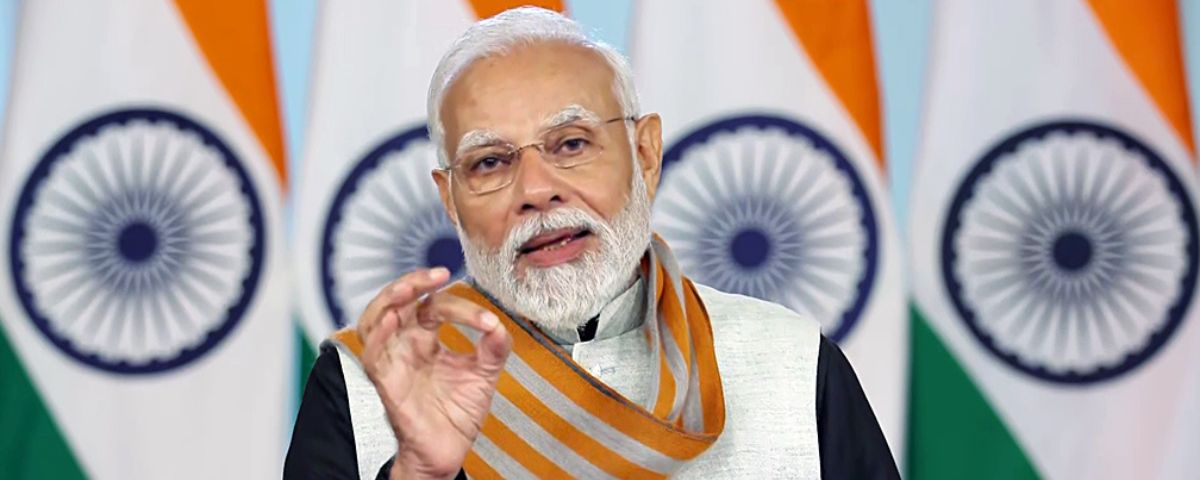
In a fresh set of demands to Prime Minister Narendra Modi’s third-term National Democratic Alliance (NDA) government, the telecom industry has called for the allocation of the 6 GHz frequency band, non-commercial electric power rates, and the on-ground implementation of the right of way (ROW) framework to expand telecom services in the country.
“Some of the key requests from the new government include the allocation of the 6 GHz spectrum band for 5G/IMT services and the need for industrial/utility electricity tariff rates for telecom infrastructure,” stated SP Kochhar, director general of the Cellular Operators Association of India (COAI).
The Delhi-based telecom industry group represents major players such as Reliance Jio, Bharti Airtel, and Vodafone Idea. “We believe that the Department of Telecommunications (DoT) should establish a committee to consider the updated ITU Radio Regulations (RR) and formulate the National Frequency Allocation Plan (NFAP) to include this (6 GHz) band for IMT services,” Kochhar said. Telecom operators have been advocating for the 6 GHz radio waves to expand next-generation (5G) services and warned that failing to allocate this band could jeopardize ongoing 5G network investments.
Despite the World Radiocommunication Conference (WRC) designating up to 100 MHz in the 6 GHz band for commercial telephony services in Region 1, the DoT has yet to make a decision on the frequency band. Proponents of Wi-Fi, including some tech companies, argue that the band should be delicensed for public Wi-Fi services—a demand strongly opposed by telecom operators, who assert that such a move would prevent the spectrum from being fully utilized for meaningful use.
Also Read:
Jio Urges Government Against Spectrum Delicensing, Cites Crucial Role of 6 GHz for 6G in India
“COAI has repeatedly pointed out that delicensing is an irreversible process, and once done, the spectrum could not be reclaimed for meaningful use.” The London-based telecom group GSMA has also called on the Indian government to identify and include 6 GHz radio waves in the national spectrum strategy for the telecom sector. Kochhar further highlighted that the high cost of commercial grid electricity tariffs remains a challenge in meeting the rising power demands needed to keep telecom towers operational.



